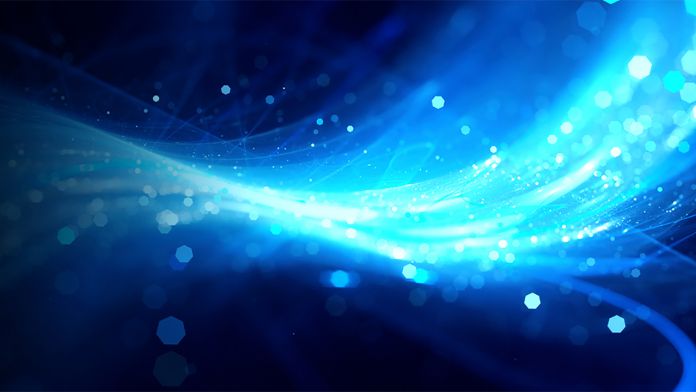SQL Server 2008/2008R2 followed the SQL Server 2005 release. That earlier version brought a near total overhaul of the platform, including leaving behind the original code base. As the second generation of the new SQL Server, 2008 brought plenty of modern tools. For example, the version delivered master data management, Power Pivot (which was a first-generation Power BI of sorts), and self-service reporting. Microsoft is now ending support for SQL Server 2008 and urging users of those legacy versions to embrace the cloud. Speaking to ZDNet, Microsoft’s Director, Operation Databases and Blockchain Product Marketing, Wisam Hirzalla said that means heading to Azure SQL Database. However, SQL Server is still alive and well. Indeed, since the release of 2008, Microsoft has rolled out SQL Server 2012, 2014, 2016, and 2017. The platform has come along way over the proceeding decade, including integration with Docker and Linux containers. While users can move to any of those Server platforms, Microsoft wants as many people on the latest versions.
SQL Server 2019 BDC
At the moment, that means SQL Server 2017, but soon Microsoft will roll out SQL Server 2019 for on-premises. This new version has been running in preview for months and added several important features. Apache Spark is now supported in SQL Server. Recently, Microsoft revealed users can leverage the Hadoop Distributed File System (HDFS) through a feature called Big Data Clusters (BDC). The first preview iterations of SQL Server 2019 BDC will be launched on July 24.


